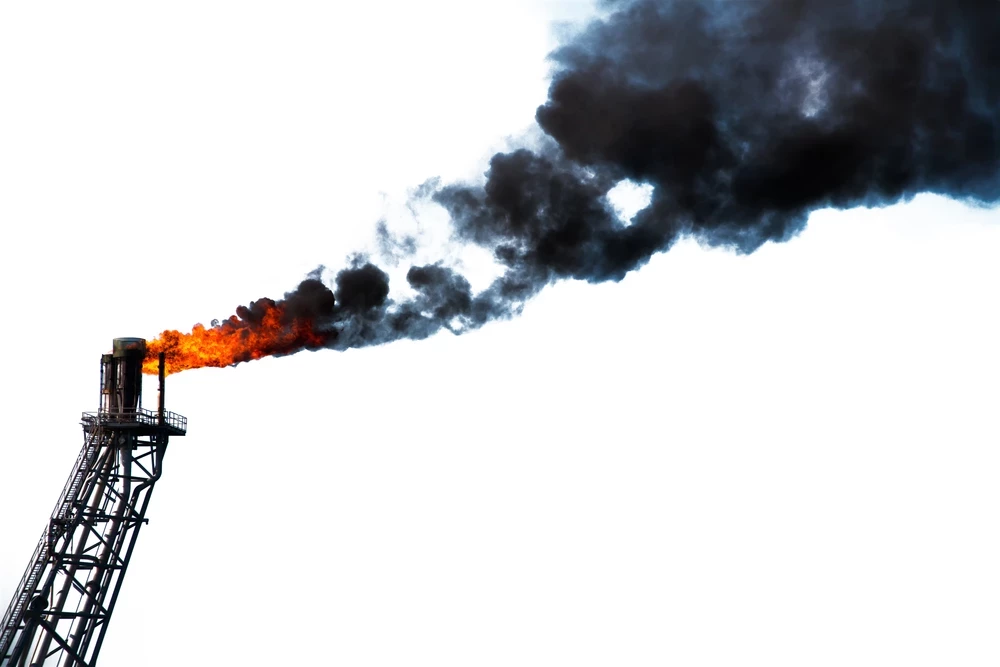Improved 2019 outlook for UK upstream production
Raised forecasts promise growth in the year to come
Add bookmarkRaised forecast adds to improved outlook for UK upstream production
Following the latest forecast from the UK Oil and Gas Authority (OGA) for the UK’s offshore sector, Jonathan Markham, Senior Upstream Oil & Gas Analyst at GlobalData, a leading data and analytics company, offers his insight on the future of the UK’s upstream sector:
“After five years of production growth, the base outlook from the OGA is fairly pessimistic, with production forecast to decline from 2019 onwards. However, some significant projects could reverse this trend in the medium term and add additional barrels to the production forecast.
"Oil fields such as Rosebank and Cambo that Equinor and Shell respectively farmed into in 2018 and recent gas discoveries, such as Glendronach and Glengorm, could add over 1 billion barrels of oil equivalent (boe) to the production forecast if they receive approval.
“Overall, there are nearly 2 billion boe of recoverable reserves in early-stage announced projects, which are yet to receive approval, that are forecast to have an internal rate of return (IRR) of over 15%, bringing cumulative production projections close to the OGA’s Vision 2035 targets.
“The OGA forecast that 11.9 billion boe will be extracted between 2016 and 2050, which includes 1.8 billion boe pumped between 2016 and 2018. This leaves around 10.1 billion boe remaining to produce between 2019 and 2050, of which around 60% is expected to be produced by 2030. GlobalData estimates the remaining production to be around 60% oil and 40% gas in boe terms.
“Development activity in the UK offshore sector is expected to improve after historical lows in the past few years. There are 16 planned greenfield projects with identified development plans and 29 announced greenfield projects forecast to start production between 2019 and 2025. These are estimated to cost around US$6.7bn and US$11.4bn respectively.”





















